Popular on Food52
8 Comments
kantcould
June 10, 2015
If pastrami was invented to preserve meats without refrigeration, why does the brining and curing in this recipe take place in the refrigerator? My grandmother made what she called "pickled meat" -- equivalent to corned beef or pastrami. She cured it in a stone crock in a dark closet and never refrigerated it until it was cooked. Never had any bacteria problems.
Mark G.
June 10, 2015
We make smoked corned beef at: Bricks-BBQ.com and it has become a big hit among our customers. I enjoy making them something that brings back a little nostalgia to them.
Pat E.
October 17, 2013
Is "pink salt" something different than salt that is pink....like Tibetan salt or some of the red salt from Hawai'i?
Nick A.
October 18, 2013
Yes, very different. Pink salt -- a curing salt -- is a mixture of regular salt with sodium nitrite. It's a necessary addition for the proper flavor and color and also to prevent dangerous bacteria growth. See here: http://en.wikipedia.org/wiki/Sodium_nitrite#Food_additive
Ann
October 17, 2013
I am dying to try this! Here's the thing though, I've tried getting brisket from my butcher in France and since they butcher animals differently here, he doesn't carry "poitrine de boeuf" which seems to be the closest logical choice. For folks who can't get their hands on brisket, what other cuts of meat would you recommend? My coworkers are hooked on bagel sandwiches, and I would love to throw homemade pastrami into the mix!
Nick A.
October 18, 2013
Kristin Frederick has a place in France where she makes pastrami. She had exactly that issue and covers it in this video of her making the pastrami from scratch.
http://live.wsj.com/video/pastrami-in-paris-ooh-la-la/8B7B2A1A-2A14-4847-9C26-CBFD596F783C.html
Nick Zukin
Author, Artisan Jewish Deli at Home
http://live.wsj.com/video/pastrami-in-paris-ooh-la-la/8B7B2A1A-2A14-4847-9C26-CBFD596F783C.html
Nick Zukin
Author, Artisan Jewish Deli at Home
Mama M.
October 17, 2013
can you brine more than one piece of brisket at a time, can you use the brine for another batch and how would you store multiple pieces?
Nick A.
October 18, 2013
Yes you can brine more than one at a time, but generally it will take longer and you may need to increase the amount of brine. The process will be greatly helped by injecting your brine into the meat. Otherwise, some parts may go uncured in the center, especially if you're curing more than one piece in the same container. If you do more than one piece, you definitely want to rotate and move around the pieces of meat once or twice a day so that sides of the briskets resting against other briskets get some direct contact with brine daily. If it takes 4 days for one piece of meat, expect it to take 5 or 6 with multiple.
You cannot use the brine again. Water and blood will leach out of the brisket and dilute the solution over time. It needs to be discarded.
Nick Zukin
Author, Artisan Jewish Deli at Home
You cannot use the brine again. Water and blood will leach out of the brisket and dilute the solution over time. It needs to be discarded.
Nick Zukin
Author, Artisan Jewish Deli at Home


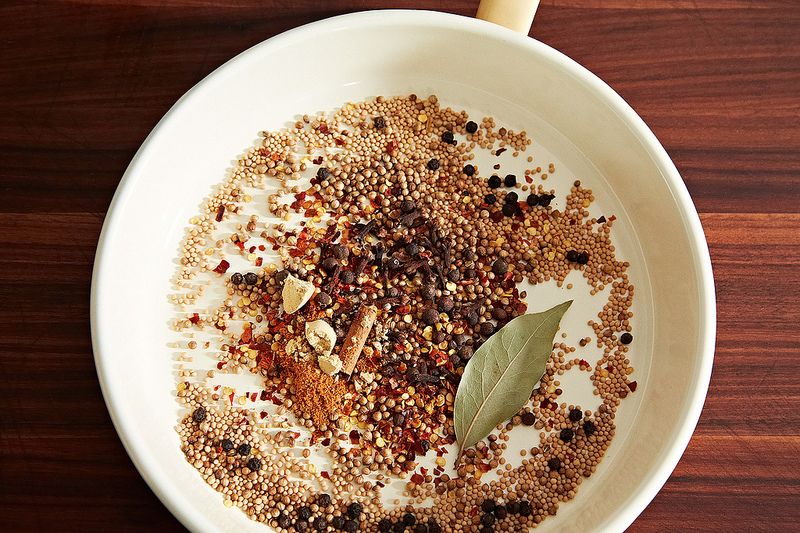
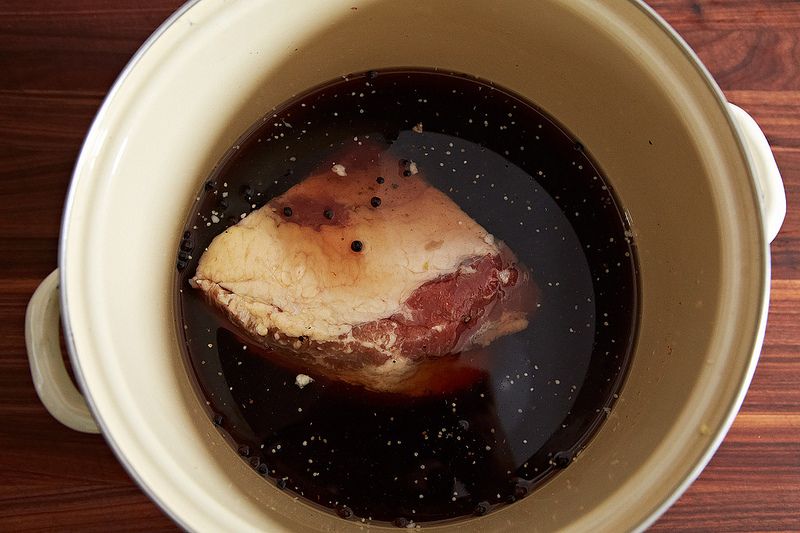

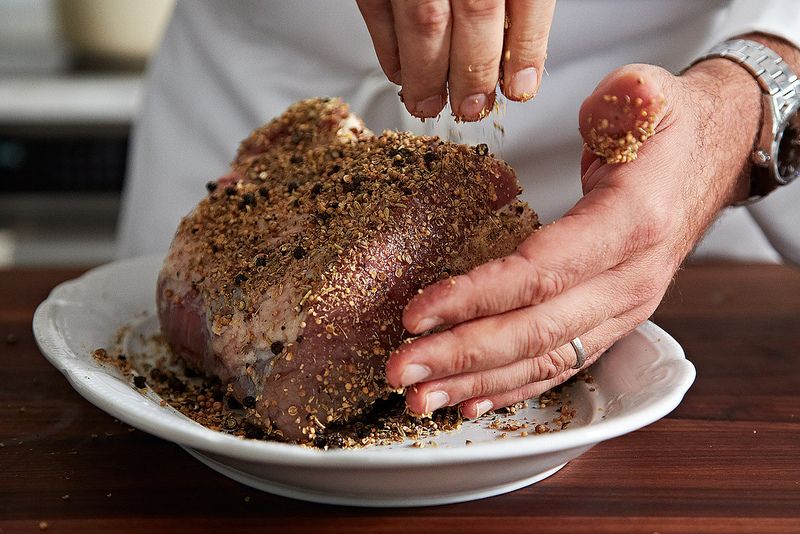
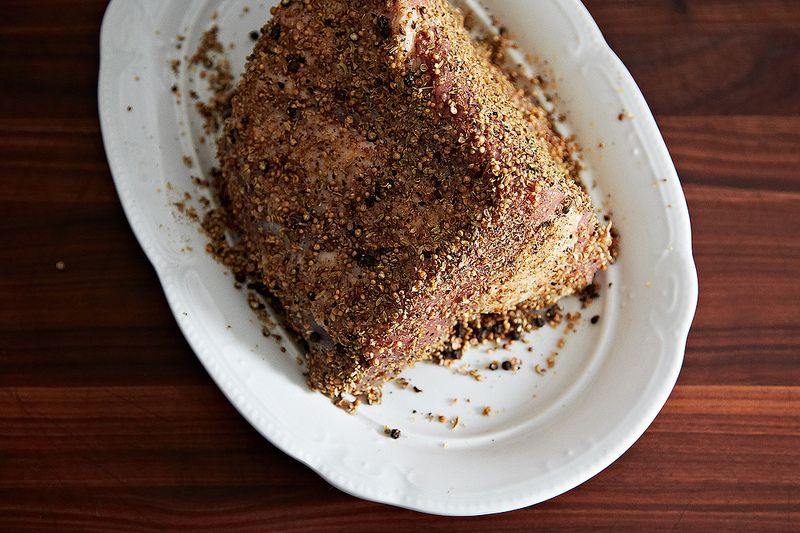
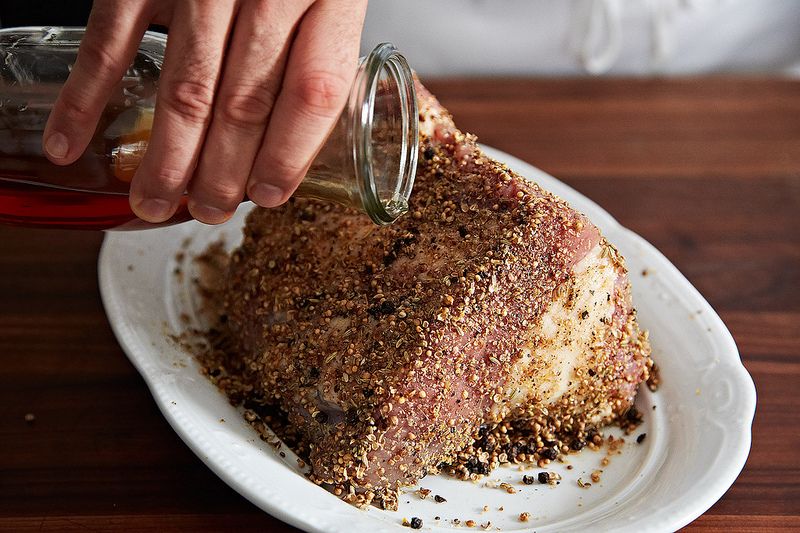

See what other Food52 readers are saying.